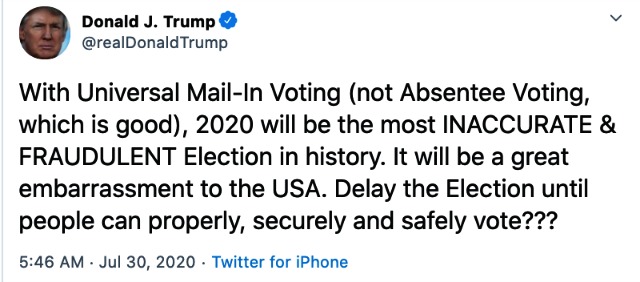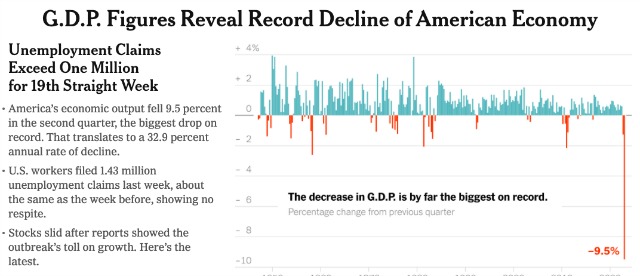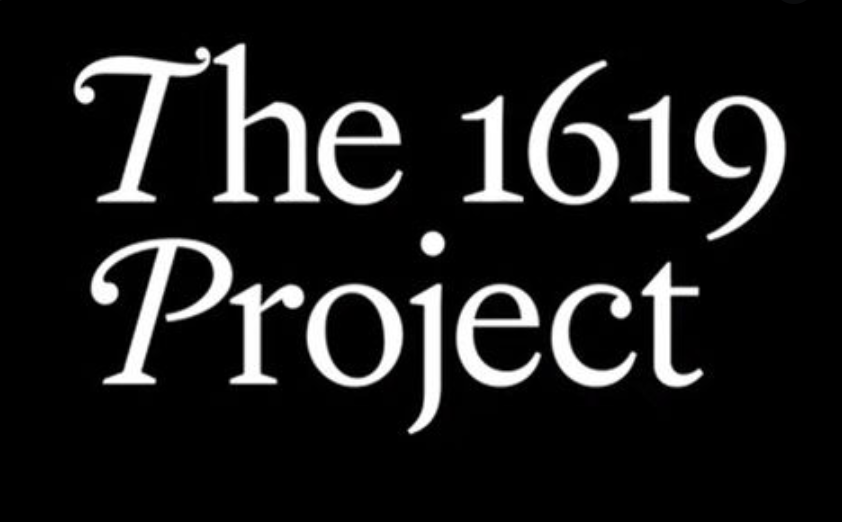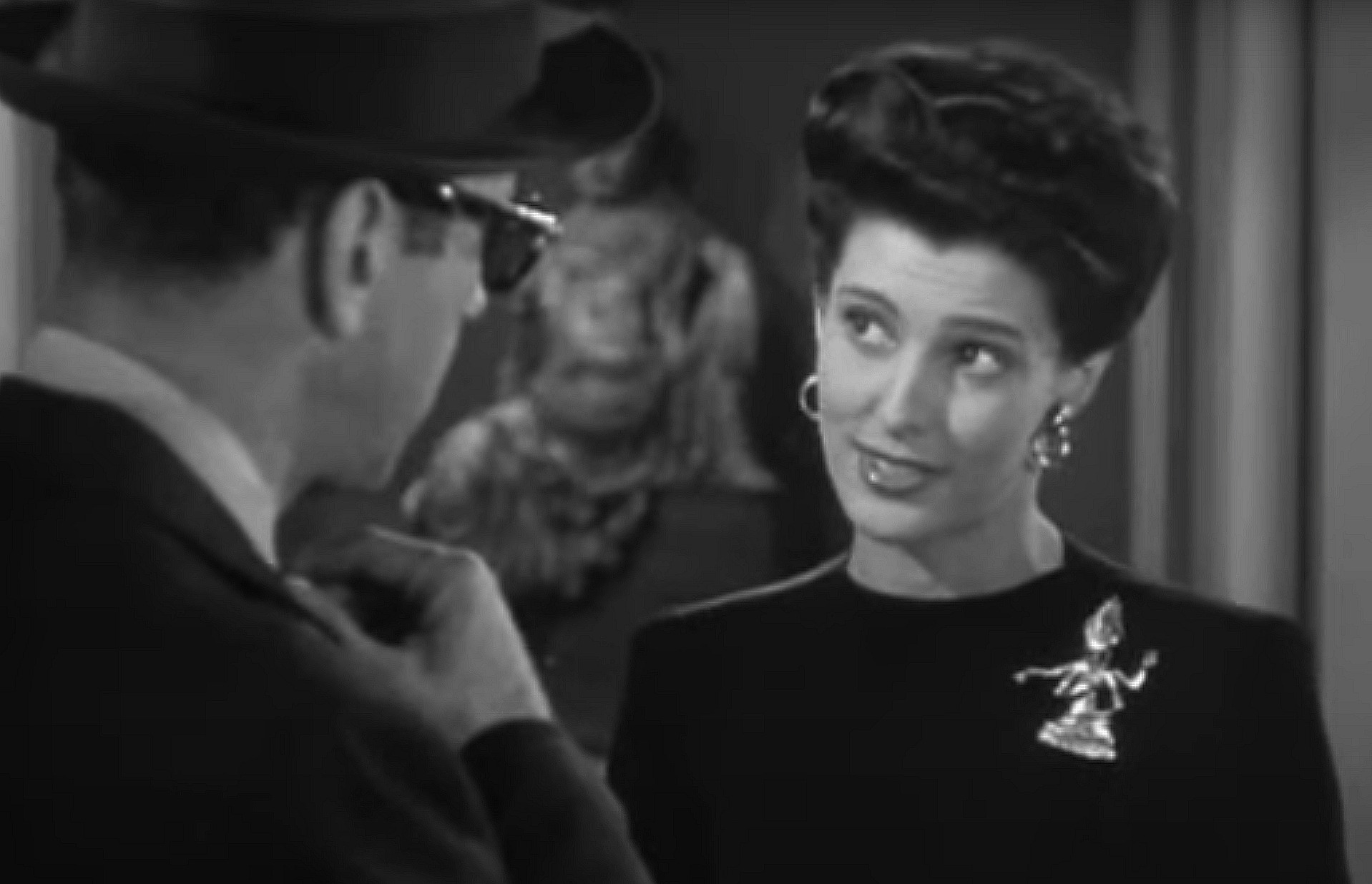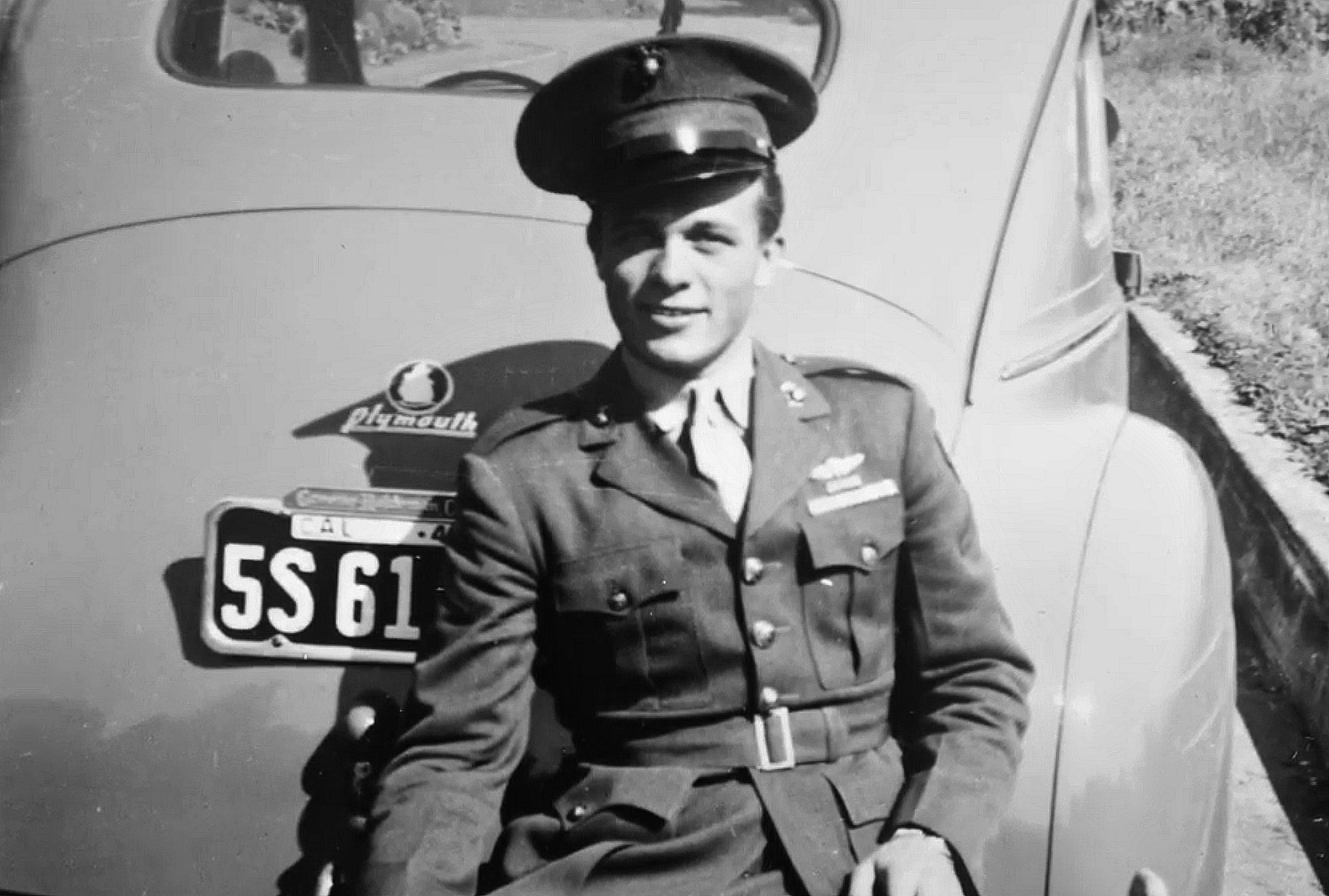Favorite “Platoon” Guy
My favorite moment in Platoon is when Taylor (Charlie Sheen) and King (Keith David) are talking about their U.S. backgrounds and core identities. I don’t remember it verbatim but King asks Taylor if he comes from a wealthy family and Taylor sidesteps a response. Soon after Taylor offers some kind of poetic or idealistic reason for having volunteered for Vietnam duty (“I wanted to see the injustice and conflict first-hand”), and King says, “Well, you gotta be rich in the first place to think like that.”
I fell for King at that very moment.
I naturally loved Willem Dafoe‘s Elias (and so did Martin Scorsese — soon after he offered Dafoe the lead role in The Last Temptation of Christ because of it) and identified with the potheads. And I hated the rugged whiskey-drinkers (Tom Berenger‘s Staff Sergeant Barnes, Kevin Dillon‘s Bunny, John C. McGinley‘s Sergeant O’Neill).
I’ve seen Platoon six or seven times, but I never once spotted Johnny Depp (and he’s definitely in it, according to credits).
What’s Your “1619” Beef?
Sometime this morning Glenn Kenny challenged HE to get specific about arguments with “The 1619 Project.” I tapped out a response on the iPhone while lying on my foam-fortified IKEA couch and attending to the emotional needs of Anya, our two-year-old Siamese cat:
“Slavery has always been an ignominious chapter in the first 245 years of US history (1619 to 1865) and racism has stained aspects of the culture ever since, but to assert that slavery and racism (which other cultures have shamefully allowed over the centuries) are THE central and fundamental definers of the immense American experience strikes me as a bridge too far.
“One stone in the shoe is the 1619 Project’s contention that the American revolution against England was significantly driven by colonist commitment to maintaining slavery.
“Many factors drove the expansion and gradual strengthening & shaping of this country, and particularly the spirit and character of it — immigration, the industrial revolution and the cruel exploitations and excesses of the wealthy elites, the delusion of religion, anti-Native American racism and genocide, breadbasket farming, Abraham Lincoln, Frederick C. Douglas, the vast networks of railroads, selfishness & self-interest, factories, construction, the two world wars of the 20th Century, scientific innovation, native musical forms including jazz, blues (obviously African-American art forms) and rock, American literature, theatre and Hollywood movies, sweat shops, 20th Century urban architecture, Frank Lloyd Wright, major-league baseball, Babe Ruth & Lou Gehrig, family-based communities and the Protestant work ethic, fashion, gardening, native cuisine and the influences of European, Mexican, Asian and African cultures, hot dogs, the shipping industry, hard work and innovation, the garment industry, John Steinbeck, George Gershwin, Paul Robeson, Louis Armstrong, JFK, MLK, Stanley Kubrick, Chet Baker, John Coltrane, Marilyn Monroe, Amelia Earhart, Malcom X, Taylor Swift, Charlie Parker, Elizabeth Warren, Katharine Hepburn, Aretha Franklin, Jean Arthur, Eleanor Roosevelt, Carol Lombard, Shirley Chisholm, Marlon Brando, Woody Allen, barber shops & manual lawnmowers, the auto industry, prohibition & gangsters, the Great Depression and the anti-Communism and anti-Socialism that eventually sprang from that, status-quo-challenging comedians like Richard Pryor, Lenny Bruce and Steve Allen (“schmock schmock!”), popular music (Chuck Berry, Little Richard, Elvis Presley, Frank Sinatra and the Beatles), TV, great American universities, great historians, great journalism (including the National Lampoon and Spy magazine), beat poetry, hippies, the anti-Vietnam War movement, pot and psychedelia, cocaine, quaaludes and Studio 54, 20th & 21st Century tech innovations, gay culture, comic books, stage musicals, Steve Jobs, etc.
“Don’t tell me that slavery & racism is and always has been this country’s central definer. The 1619 Project’s revisionist zealotry rubs me the wrong way in more ways than I’d care to elaborate upon.”
Anticipation
Ever since Bari Weiss left the N.Y. Times a couple of weeks ago due to internal political pressure from censorious lefty Torquemadas, I’ve been hoping to see her booked on Real Time with Bill Maher so she could explain her side of the story and maybe draw parallels to what happened to Bret Weinstein during the 2017 Evergreen College episode (“Resign!”). Weiss will be doing just that on Friday evening, 7.31 — the day that the $600 weekly pandemic checks will stop for millions of desperate Americans.

First Performed Trump Drama
By all appearances, Billy Ray‘s The Comey Rule, based on James Comey‘s “A Higher Loyalty: Truth, Lies, and Leadership,” is a straight four-hour drama and not any kind of sardonic satire or whatever. And it’s obviously going to entertain.
Brendan Gleeson is fat enough to play Donald Trump plus he’s managed a semblance of the Queens-accented speech, plus the hair is just right. And yet the trailer doesn’t let us really see his bloated, bulldog-jowl face.
Jeff Daniels is a little too chubby to play Comey (if I were Ray I would said “crash diet, please…drop 15 pounds!”) but you can tell he’ll be fine as far as the low-key integrity thing is concerned.
Costarring Michael Kelly as Andrew McCabe, Jennifer Ehle as Patrice Comey, Holly Hunter as Sally Yates (Emmy nomination!), Peter Coyote as Robert Mueller, Steven Pasquale as Peter Strzok, Oona Chaplin as Lisa Page, Scoot McNairy as Rod Rosenstein, William Sadler as Michael Flynn, T. R. Knight as Reince Priebus and Kingsley Ben-Adir as President Barack Obama.
Premieres on Showtime on 9.27.20. Lily-livered Showtime execs had wanted to air it after the election, but they caved.
Didn’t Believe In Guns
If only Jay Sebring, in addition to being a dynamic hairdresser to the stars in the late ’60s, had been a little bit of a gun nut, he could have been the hero who saved the lives of Sharon Tate, Abigail Folger and Wojciech Frykowski on the night of August 8, 1969. If he had owned, say, a Walther PPK or a Baretta or one of each and had kept them loaded, he could’ve shot Tex Watson, Susan Atkins and Patricia Krenwinkel right between the eyes.
After which Sebring could’ve written his own ticket in this town, you bet. He could’ve been the pistol-packing hairdresser, Mr. Cool who stood up to the psychos, the new Steve McQueen. But he was too much of a groovy, light-hearted alpha guy to own a gun, and so his life came to a horrible end that night. For the last half-century (and I know this sounds cruel), Sebring has been little more than an indistinct also-killed, and it’s a damn shame.
It never hurts to pack a little heat because you never know what’s coming.
Joyless Creature
The Big Sleep‘s Agnes Louzier, the bitter femme fatale who once claimed to have never met up with a really smart guy, never one who was “smart all the way around the course,” passed a week ago at age 96.
In real life Agnes’s name was Sonia Darrin. The Big Sleep was Darrin’s only significant film, although she did appear in the semi-respectable Frankenstein Meets The Wolf Man (’43).
Wiki excerpt: Darrin costarred in 12 films between ’41 and ’50. She married William “Bill” Reese, a theater set designer and marketing services company president. The couple had four children (three sons and a daughter), and lived in Manhattan. Their youngest son is the former child actor Mason Reese.
Darrin lived on the Upper West Side of Manhattan for over 50 years.
Agnes Louzier: “A half-smart guy, that’s what I always draw. Never once a man who’s smart all the way around the course. Never once.”
Philip Marlowe: “I hurt you much, sugar?”
Agnes: “You and every other man I’ve ever met.”
Hard Times
I ran into Marc Christian at a Hollywood supermarket sometime around ’87 or ’88…something like that. I didn’t say anything (why would I?), but I remember noticing that he was tall. I also recall thinking “poor guy, been through some fear and difficulty over the last few years.” Christian was Rock Hudson‘s lover from ’82 to ’84 or thereabouts, or whenever it was that he learned that Hudson had AIDS and that Christian might be at risk of contracting the disease himself. To go by this interview with Phil Donahue, Christian was clearly a mature, intelligent fellow. He died 11 years ago (11.5.09) at age 56. No, not of AIDS but, according to Elaine Woo’s L.A. Times obit, of “heavy smoking.”
Strange Bedfellows
Let’s say you intend to produce a narrative film about the late Scotty Bowers — bisexual pimp to the stars in the ’40s and ’50s, author of a tell-all book about his sexual adventures and the subject of Matt Tyrnauer‘s Scotty and the Secret History of Hollywood.
Let’s also say that you’ve managed to persuade gentle erotic mood-spinner Luca Guadagnino (Call Me By Your Name) to direct your Scotty film. But you still need to find the right screenwriter[s] to make Scotty’s story into an engaging, playable thing.
In all honesty, would you hire Seth Rogen and Evan Goldberg, a couple of edgy straight guys who’ve done little more than wallow in adolescent, arrested-development stoner comedies since they broke through 13 or so years ago…would you hire Rogen and Goldberg to write your Scotty movie, a fair amount of which would have to include some guy-on-guy action…dicks, boners and such?
If your answer is “uhm, no…that’s probably not a great idea,” I would share your viewpoint. If your response is “yeah, hiring the writers of Longshot sounds intriguing and could definitely work,” I’d love to hear an explanation.
The apparent intention is to make Scotty’s story into…what, a satirical period comedy? Or at least to goof it up to some degree? I’m not saying Scotty Bowers didn’t live his life with a certain twinkle in his eye, but Rogen-Goldberg never wrote a line or a gag that didn’t reflect stoner Millennial mindsets and attitudes. Plus their sexual conveyances have always been unrelentingly straight. How are they supposed to make bisexual currents in 1940s and ’50s Hollywood come alive?
Just to clarify, HE strongly approves of Guadagnino directing but is totally effing stunned about Rogen-Goldberg writing the script, as reported earlier today by Deadline‘s Mike Fleming.
If you were Jack L. Warner in late 1945 and planning to produce Night and Day, a film about the life of Cole Porter, who would you hire to write it? Bud Abbott and Lou Costello, right?
Fleming reports that Tyrnauer and Altimeter Films partner Corey Reeser will produce alongside Rogen and Goldberg’s Point Grey Pictures. Searchlight’s Richard Ruiz will oversee the project.
Conversation Among Traumatized Friends
From Lisa Resper‘s 7.29 CNN story titled “This Year’s Emmy Nominees Are Pretty Diverse, But Not Everyone Is Happy“:
“In introducing the nomination ceremony on Tuesday, Television Academy chairman and chief executive officer Frank Scherma touched on the extraordinary times we are living in amid a global pandemic and a cultural reckoning with racism. ‘This year we are also bearing witness to one of the greatest fights for social justice in history,’ he said. ‘And it is our duty to use this medium for change.’
“Viewers will be watching to see if that change extends to not just nominations, but also wins for people of color.”
HE to Select Friendos: Do you think yesterday’s Emmy noms included sufficient numbers of POC filmmakers and performers? Put more bluntly, were there any POC creators and performers who didn’t get nominated? Perhaps a few but none that I noticed. And what about the trans community along with the LGBTQs?
“Seriously — the Emmy noms represented such an avalanche in terms of virtue-signalling ‘play it safe’ p.c. theology…such an emphasis upon POC and LGBTQ contributions that one is tempted to ask, ‘Is there any interest these days in determining the finest work being created, or is it ALL about kowtowing to the current socio-political SJW correct-think?’
“Did you notice what the top film of 2020 was as of last month, according to Jordan Ruimy’s critics poll? Spike Lee’s Da 5 Bloods. What does that tell you?
“HE reaction: ‘Was the nation’s recent cultural and political uprising (George Floyd protests, Black Lives Matter, a repressive response on Donald Trump‘s part) a factor in critics supporting Lee’s film, especially given Lee’s artful, montage-like editing that blends past and present turmoils? That’s my suspicion but you tell me.’
“My actual suspicion is that the critics in Ruimy’s poll were submitting to the moment, or more precisely the progressive imperative. They’re playing it safe because we’re living through a climate of terror, and nobody wants to be accused of anything, much less go to the guillotine.
“You can count on your fingers how many critics are telling it really straight and true these days, and how many are (a) reviewing films positively because the films say the right things or espouse the right kind of p.c. values, and (b) reviewing films somewhat negatively because they say the wrong things, etc.
“In the old pre-COVID days the percentage of critics who could be counted upon to state opinions without regard to political correctness was fairly low. Now it’s even lower.”




